11-Month-Old Baby
11-Month-Old Baby
If there's mischief to be found, chances are your little one is on the hunt! Babies this age are super curious, and tend to get into everything.
Highlights
11-month old baby. During this last month of infancy, you may begin to notice signs that your baby won’t be a baby much longer.
As independent mobility and independence in general ramps up, you’ll start to get a glimpse into behaviors that foreshadow the toddler years ahead.
Your baby might already be walking (though most don’t just yet) and talking (don’t worry if that isn’t the case), and she’s certainly having the time of her life exploring, communicating and getting into everything she can get her little hands on.
So have that second cup of coffee or tea and get some rest if you can, because your older, active baby is going to give you a run (literally!) for your money!
Here’s what to expect with your 11-month-old baby.
Your 11-month-old baby's development
Month 11
Baby’s Development

Your baby has come such a long way from her early baby days, when even holding her head steady was a developmental feat. By now your almost-toddler could be cruising (walking by holding on to furniture) and possibly standing alone for a minute or two.
A few 11-monthers will be able to walk on their own, though the majority of babies don’t walk well until around 13½ months, and many not until considerably later. When other development is normal, late walking is rarely a cause for concern.
No matter where your baby is on the nearly-walking/walking spectrum, bring out the pull and push toys like the baby doll stroller, the toy shopping cart, or the activity center on wheels that baby can push around the house.
Ride-on toys that push your little one toward independent mobility will also appeal to your little cruiser.
Also on the development front, your baby will likely be able to clap hands, wave bye-bye, bang toys together, raise her arms to be picked up, drink from a cup, pick up a tiny object neatly with the tips of her thumb and forefinger, possibly say “Dada” or “Mama” and maybe other words with meaning (though many won’t say their first word until 14 months or later), copy sounds and gestures you make, or even roll a ball back to you.
Continue to stimulate baby’s fine motor skills, cognitive skills and language skills by providing blocks and other stacking toys, puzzles and shape sorters, puppets, activity cubes, musical toys, crayons and markers, and lots of books.
Role-play toys will start to play a role too, as baby becomes more imaginative and a master mimic: think dolls, a playhouse, a play kitchen, pretend food and tableware, a toy phone, a workbench or a doctor’s kit.
Most importantly, when it comes to watching baby’s milestones, remember that every baby is different and each one masters different skills — like standing and walking — at different ages.
Children learn best when you let them learn at their own pace, so give your little one the space to explore, observe and participate. She will reach those milestones when the time is right.
If something doesn’t feel okay to you, or if you’re concerned that she’s hitting milestones much later than her peers, check in with your pediatrician for reassurance or guidance.
At a Glance

Sleeping basics
At this age, babies typically sleep about 11 hours at night (many straight through) and take two daily naps that add up to three to four hours.

Feeding basics
Baby should eat ¼ to ½ cup each of grains, fruit and veggies, ¼ to ½ cup of dairy foods and ¼ to ½ cup of protein foods per day. You can still offer your baby 16 to 24 oz of breast milk or formula a day.

Did you know?
Now's the perfect time to start teaching your little one some basic differences between what’s right and what’s wrong.
Your 11-month-old baby's growth

As baby nears the end of the first year, boys will have grown to anywhere between about 17 to 27 pounds and a height of 27 to 32 inches. If your baby is a girl, expect a weight of 15 to 25 pounds and 26 to 31 inches.
By now, you should be taking the first steps toward weaning off the bottle, aiming to be completely bottle-free just after the first birthday and by no later than around 18 months unless your doctor tells you otherwise.
What about weaning from the breast? Experts recommend that breastfeeding continue — ideally — for at least a full year, and then for as long as both mom and baby want to keep it up.
So if you’re still nursing and want to keep it up, go for it. There’s no reason not to breastfeed into the toddler years if you’re in no hurry to wean your baby, and your baby’s in no hurry to be weaned.
Just remember that since busy toddlers need more protein, vitamins and other nutrients than breast milk alone can provide, be sure to also provide all the needed solids (and cow’s milk to drink) after the first birthday to ensure your tot is getting the nutrition she needs.
Your 11-month-old baby's health

Brushing baby's teeth
Taking good care of your baby’s teeth now will help set her up for a lifetime of good dental health. Pediatric dentists recommend cleaning baby’s gums after feedings with a soft, damp cloth or a rubber or silicone finger brush.

Walking safety
You can’t keep your little one from falling, but you can take some steps to cushion the blows. Set up baby gates at the top and bottom of the stairs, cover any heated radiators or heaters and pad the sharp corners, like a glass-topped coffee table.
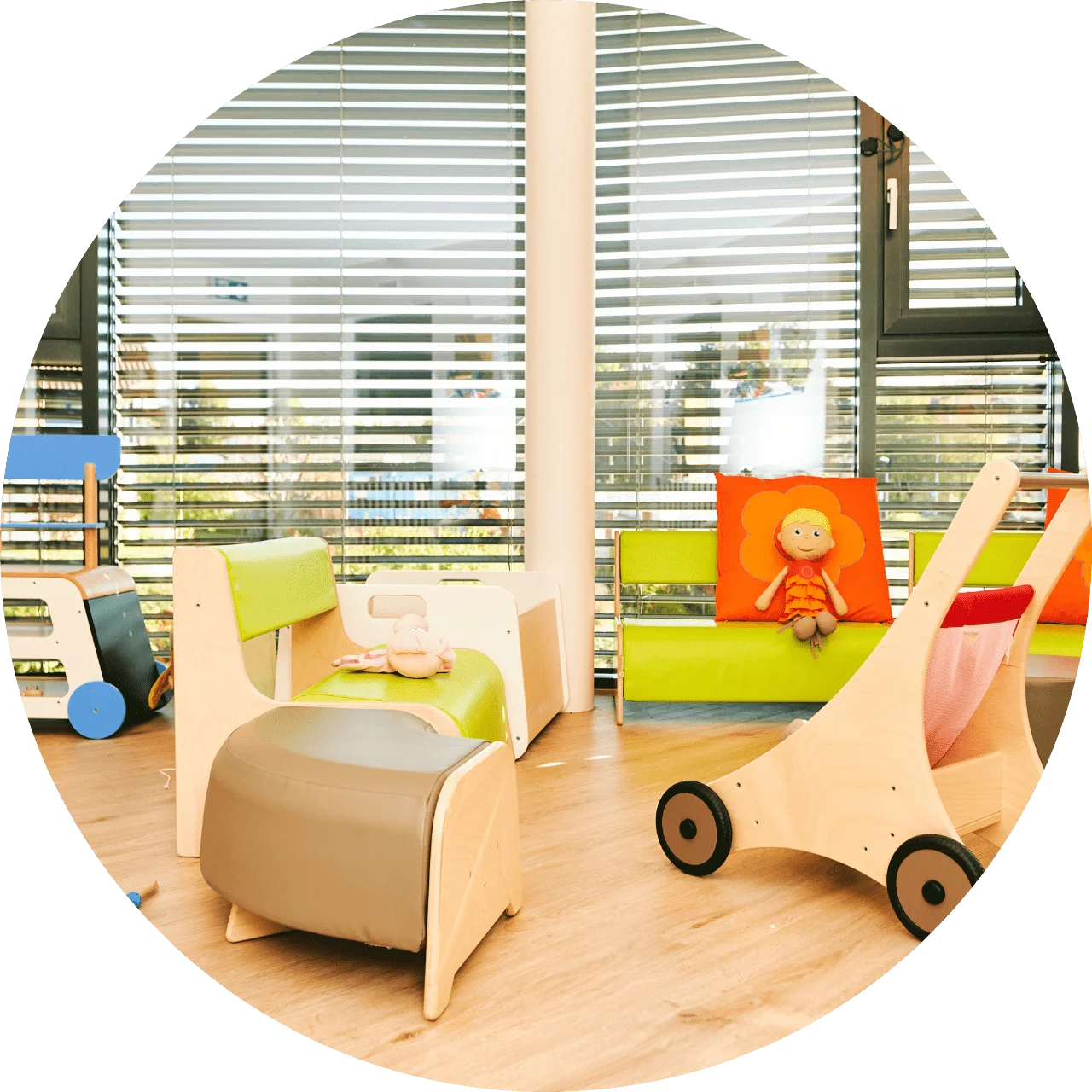
Preventing choking
Children younger than 4 years old are particularly at risk for choking, mainly because they put practically everything in their mouths and aren’t yet adept at chewing. If you see your child choking, and if she’s unable to cough or breathe (and you don’t know how to do the Heimlich maneuver on a baby under the age of 1), call 911 right away.

Sore throats
Usually, a sore throat is caused by a viral or bacterial infection (though in some cases, they can be triggered by other irritants). It can be hard to spot the symptoms of a sore throat in a baby (though easier in older babies like yours), so you may need to do a little detective work to figure out if her throat is hurting her.

Motion sickness in babies
Car sickness occurs when your little one’s inner ears, eyes, and muscle and joint nerves receive conflicting signals, triggering an upset stomach, fatigue, vomiting, crying and pale skin.
Postpartum & new baby tips
Right now, your 11-month-old baby is learning to be independent in small but significant ways.
For example, she may be able to swig milk (breast milk or formula, that is — she’s still not ready for cow’s milk quite yet) from a cup, and eat dinner mostly by self-feeding — with a generous allowance for the bib, the high chair tray and the floor.
When you dress baby, she may push those little arms and legs through the sleeves and leg holes if you guide them.
You know your baby best, so follow your instincts. Some little ones respond well to a gentle “don’t touch, that’s dangerous,” while others need to hear a firmer tone or be physically removed from the enticing object. Your goal: fair limits, lovingly enforced.
Be consistent, or you’ll confuse your child and she’ll have a hard time understanding what rules she should follow and which ones don’t matter as much.
Remember, too, that distraction is your friend. You can’t — and shouldn’t — prevent your baby from ever getting into mischief, but you can often avert a disaster (or a tantrum) by offering an enticing alternative.
Struggling to prioritize your own dinner now that you’re also preparing solid meals for baby? Instead of getting takeout burgers, try making healthier, flavor-packed patties at home on busy weeknights.
Here’s the secret to zinging up lean ground turkey or beef: Stir in a little curry powder or paste, then toss in diced red bell peppers or shredded carrots for a sweet antioxidant-packed punch.
Grill ’em up, then place your burgers on whole wheat buns and add a spoonful of bottled mango chutney.
Want a future burger feast at the ready? Freeze uncooked patties separately to pop on the BBQ or stove top.
Stand at the side and glide your little one gently down the slide, feet first. If she likes it (or doesn’t), it’ll be pretty obvious.
You can also show your baby how a ball or toy car rolls speedily down the slide. And it’s not too early to point out some safety rules that you’ll enforce when she’s a bit bigger, like waiting for other kids to get off before you take a turn and not climbing up from the bottom.
Feeling tired lately? You might be low on iron.
Iron is a must-have nutrient for making the hemoglobin in red blood cells that shuttles oxygen from the lungs to cells throughout the body. When our iron levels dip, there’s less hemoglobin to carry the oxygen around.
Fortunately, iron is easily replenished, especially if you’re a meat eater. Find lean cuts or extra-lean cuts that contain less than 10 grams of fat per 3.5-ounce serving, like top- and bottom-round roast and steak, top sirloin steak and sirloin-tip side steak. For vegetarians, look no further than quinoa.
Whether you’re cooking steak or quinoa, serve it with a side of dark, leafy greens, like kale or Swiss chard. They’re both good sources of vitamin C, which helps your body better absorb the iron.
If you have a pet or are getting one soon, remember these safety tips:
- Never, ever leave a toddler alone with a dog or cat, no matter how sweet and gentle the animal is.
- Use a baby gate to keep your dog out of whatever room your child is in. Better yet, crate your canine when you need to create some distance between your dog and your child. Not only is this an effective way to separate the two of them, but your pup will probably also appreciate it. To a dog that’s stressed out from being chased around, a crate will feel like a safe haven.
- At the very least, your dog should respond to these simple commands: “sit,” “down,” “stay,” “come” and “off” (a signal to get back on all fours after jumping on someone). Even if you didn’t take your dog to obedience school as a pup, it’s not too late to pick up the basics. Your vet can help you find a trainer or class that’s appropriate for your dog’s breed, temperament and age. (It’s harder to teach a cat to behave, but cats usually run away when they feel threatened.)
Want to buy your baby’s first pair of shoes? For now, keep those tootsies bare. Bare feet give your toddler’s feet a closer encounter with the floor, and that will help develop balance and coordination.
If you’re concerned that it’s too cold in the house, get socks with non-skid soles.
For outdoor excursions, keep the shoes lightweight and flexible.
Stay away from tall booties or groovy high-top sneakers — too much ankle support can actually slow down your walker by constricting movement.
Items Recommendation
-
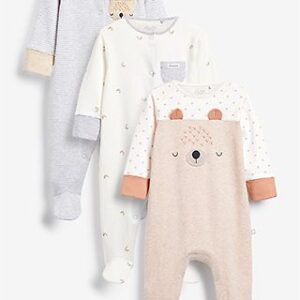
Onesies
Br50.00Add to Wishlistወደ ጋሪው አክል፡ "%s"Add to Wishlist -
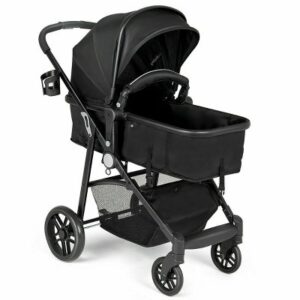
Stroller
Br32.00Add to Wishlistወደ ጋሪው አክል፡ "%s"Add to Wishlist -
Sale!

Baby bottle
Br25.00 – Br30.00Add to WishlistSelect options This product has multiple variants. The options may be chosen on the product pageAdd to Wishlist
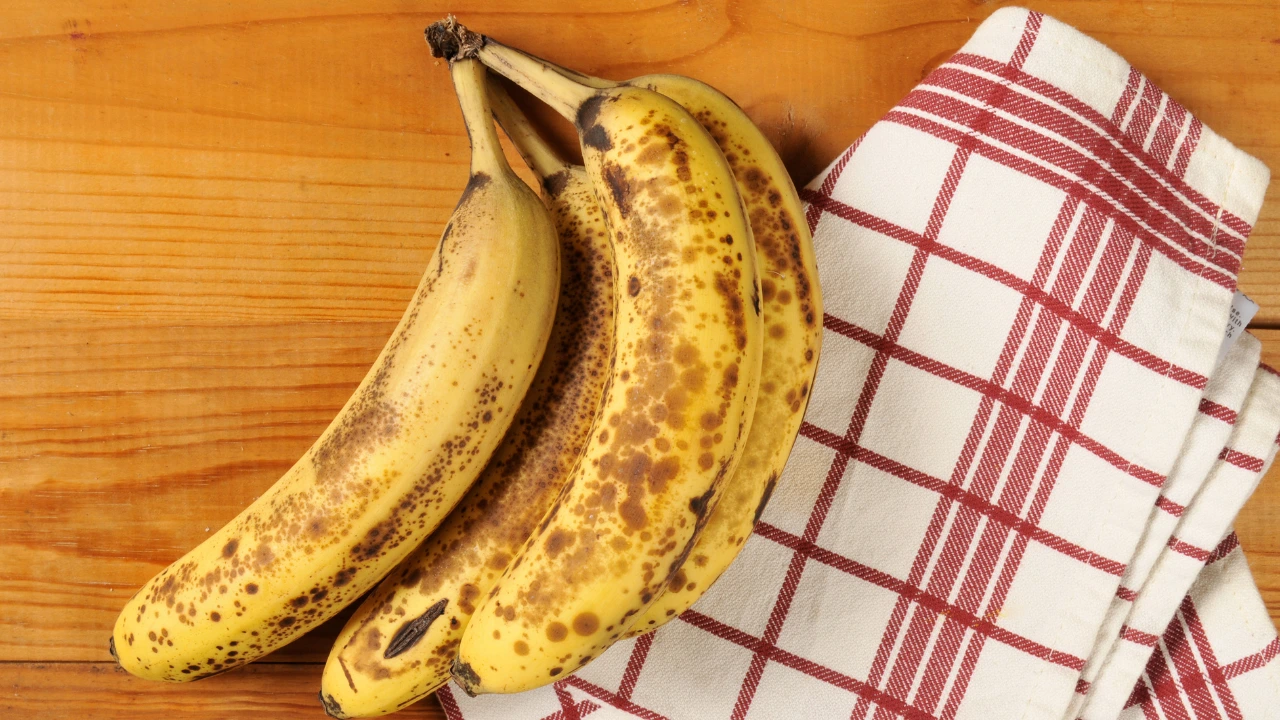
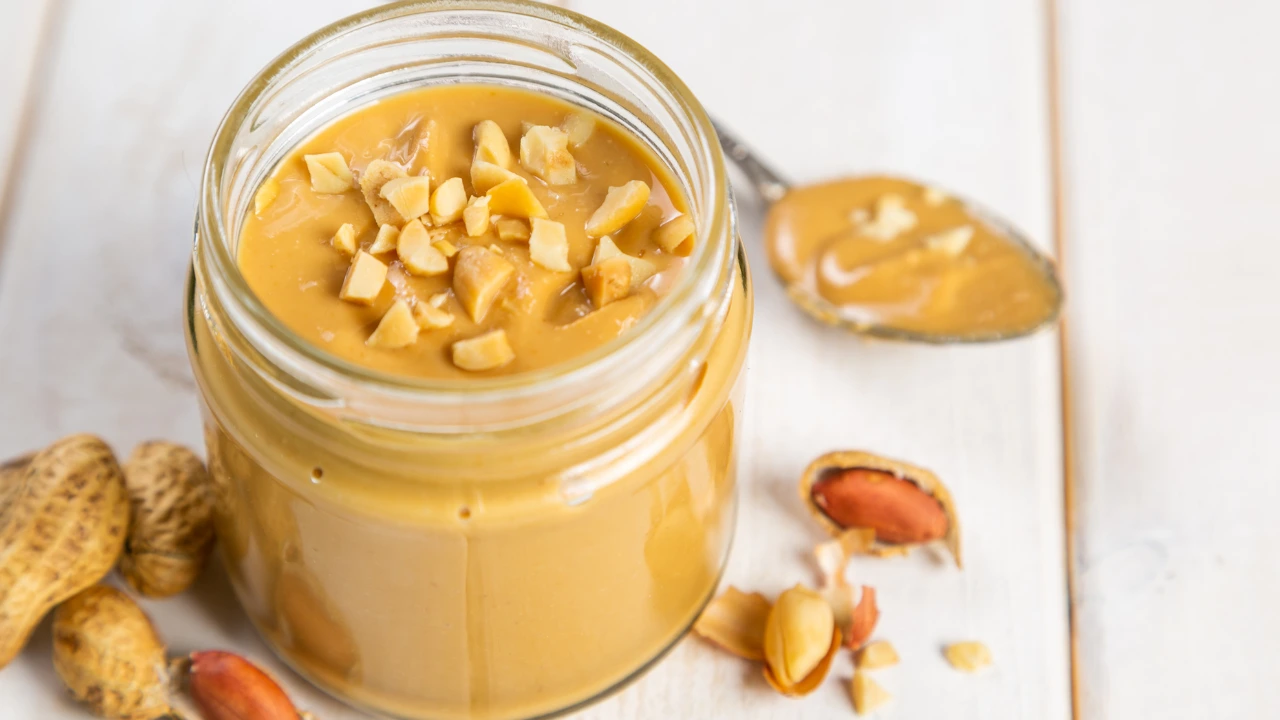
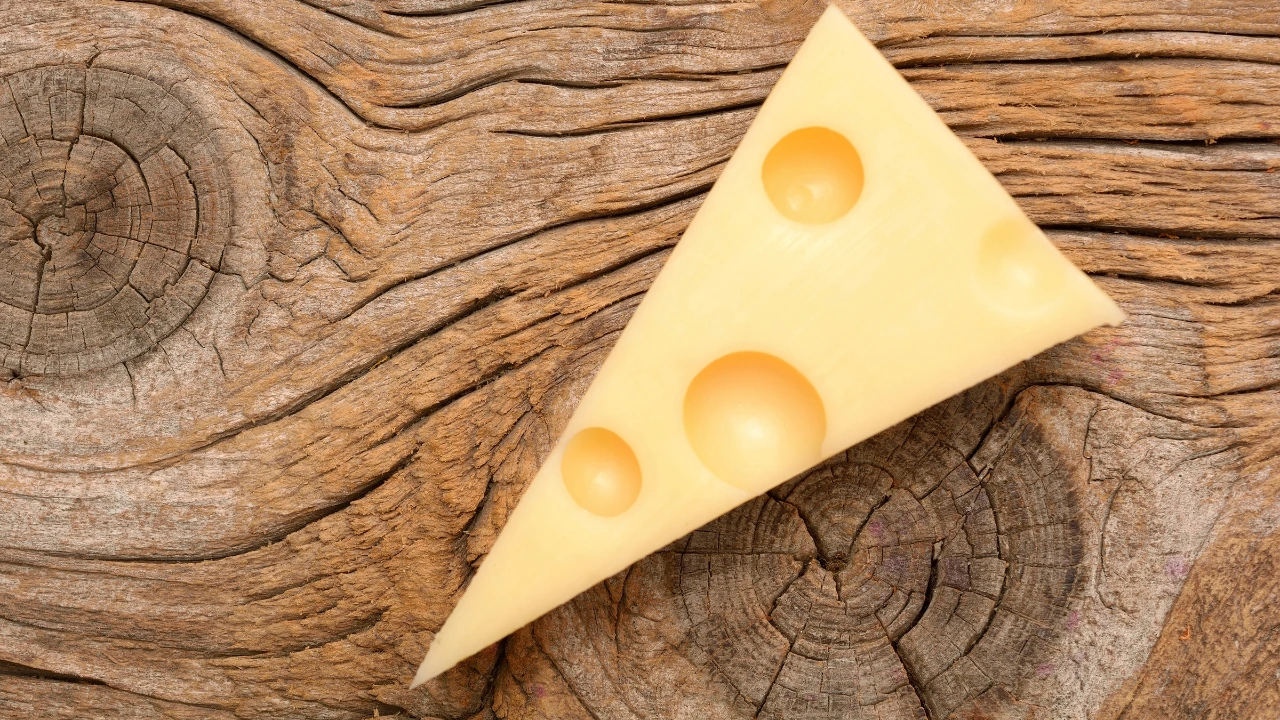
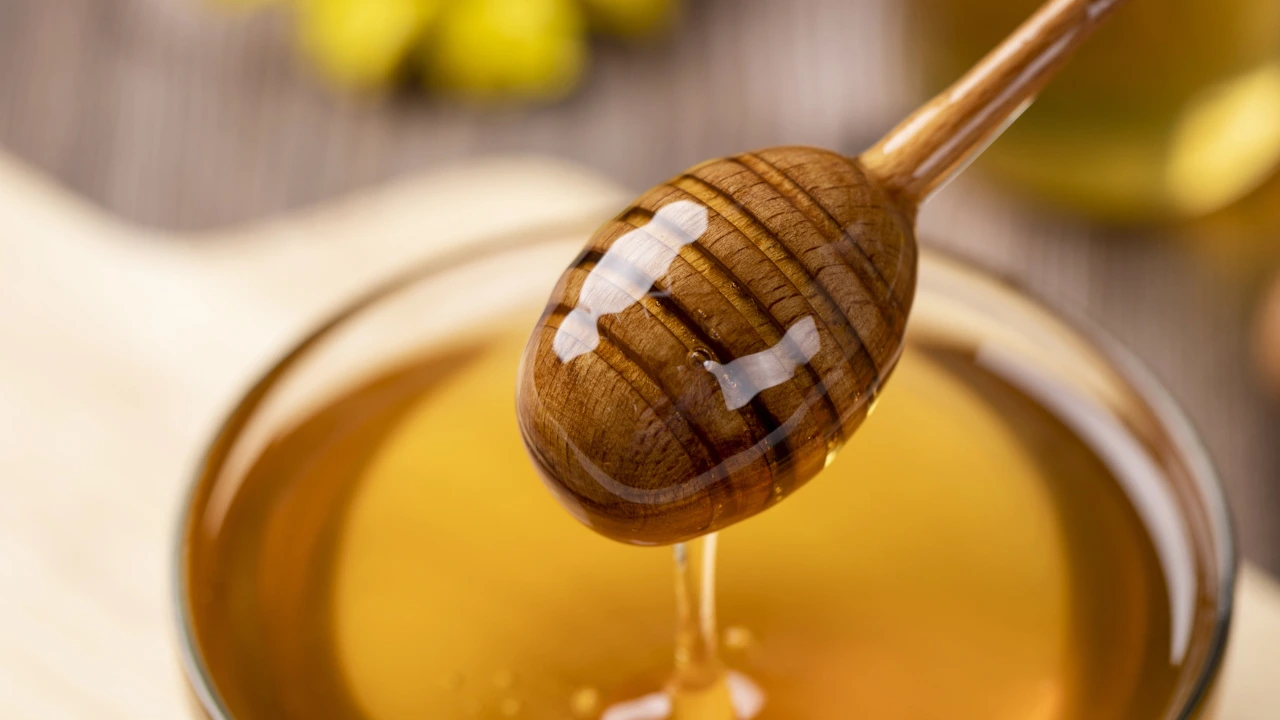
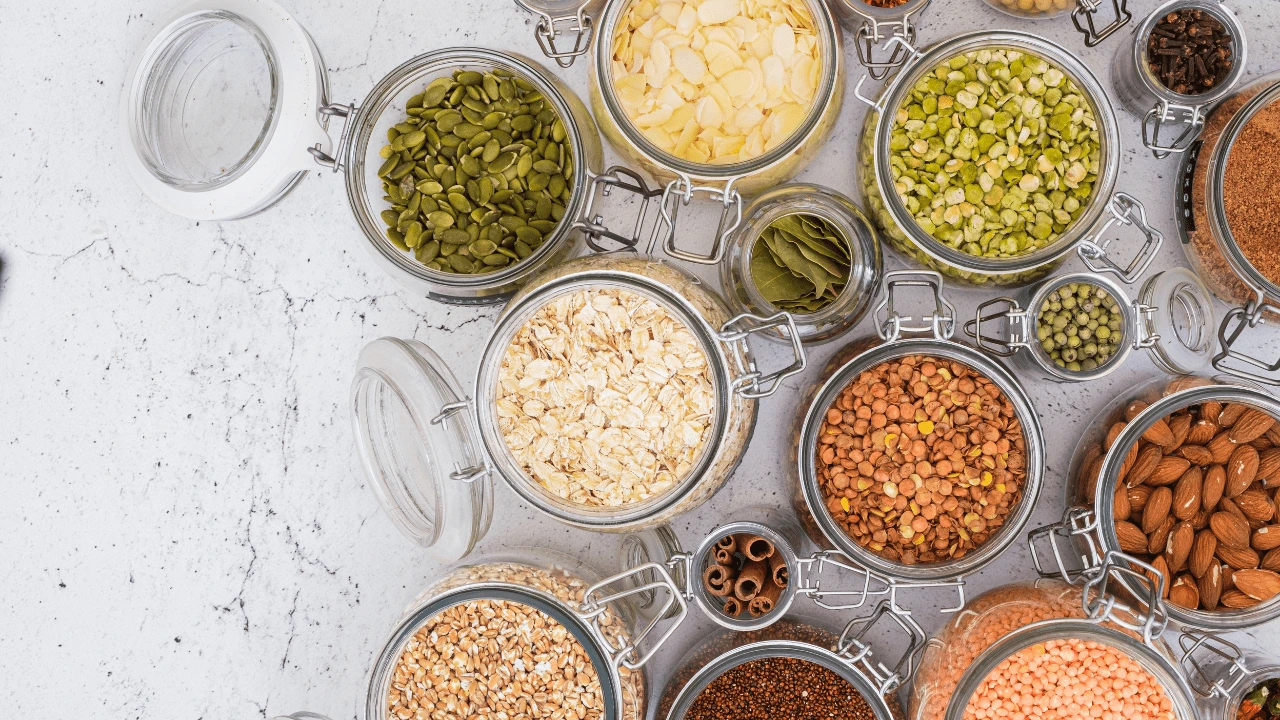











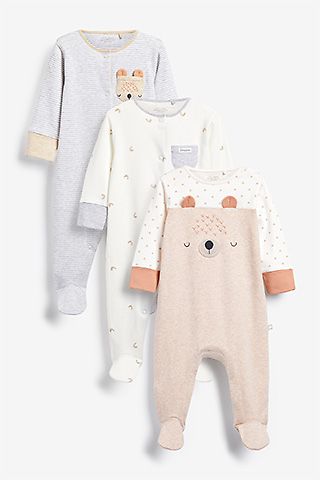
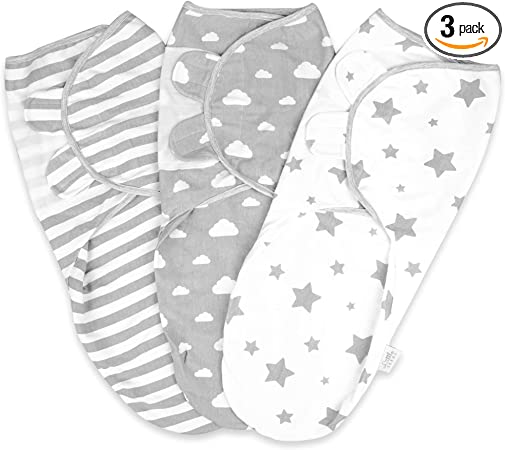
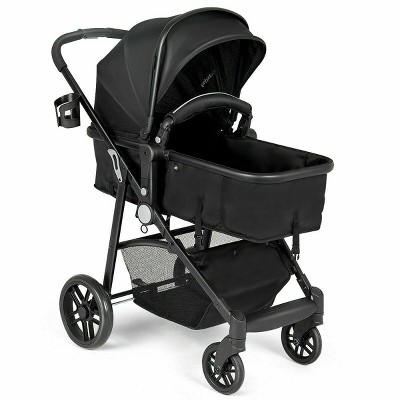
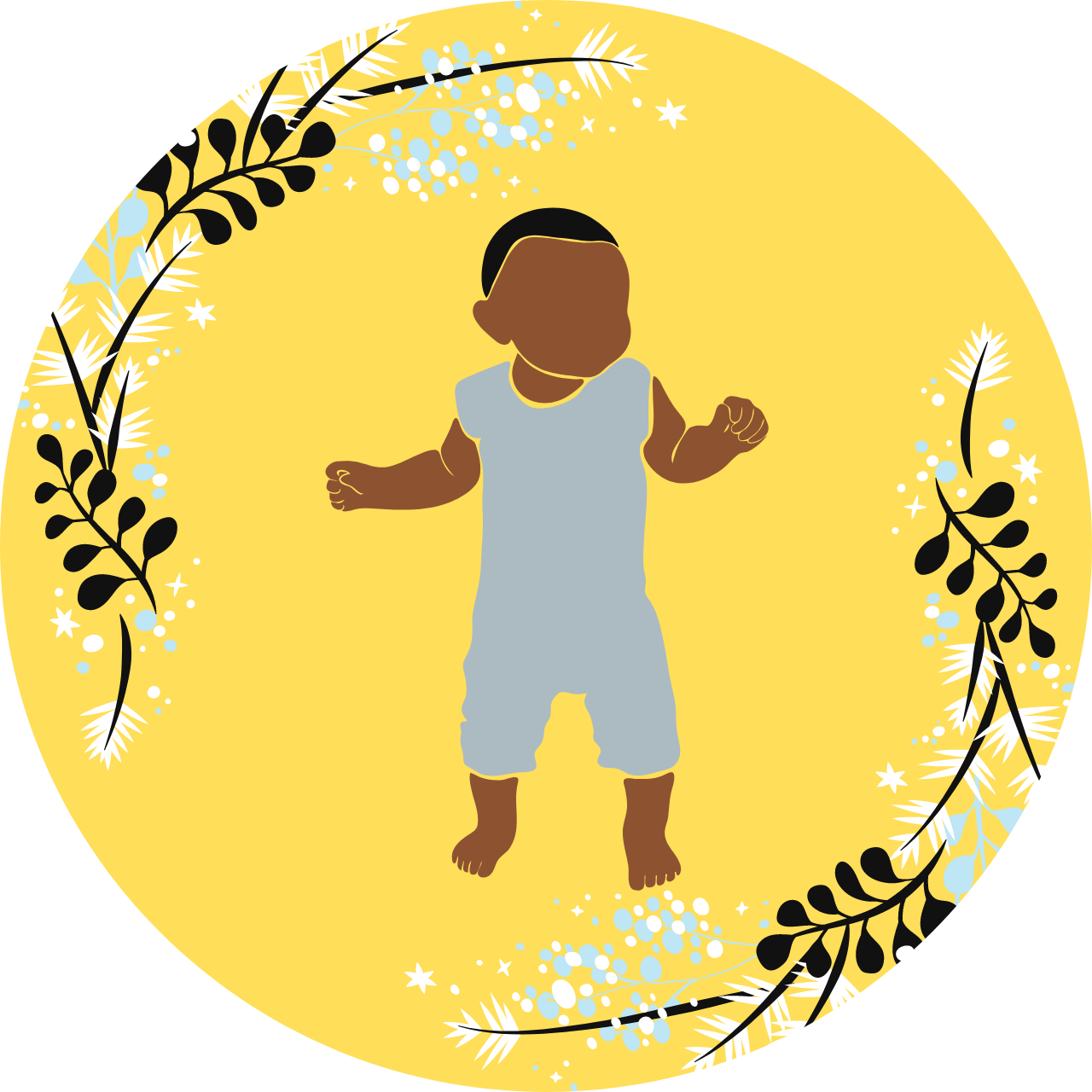

Add a Comment